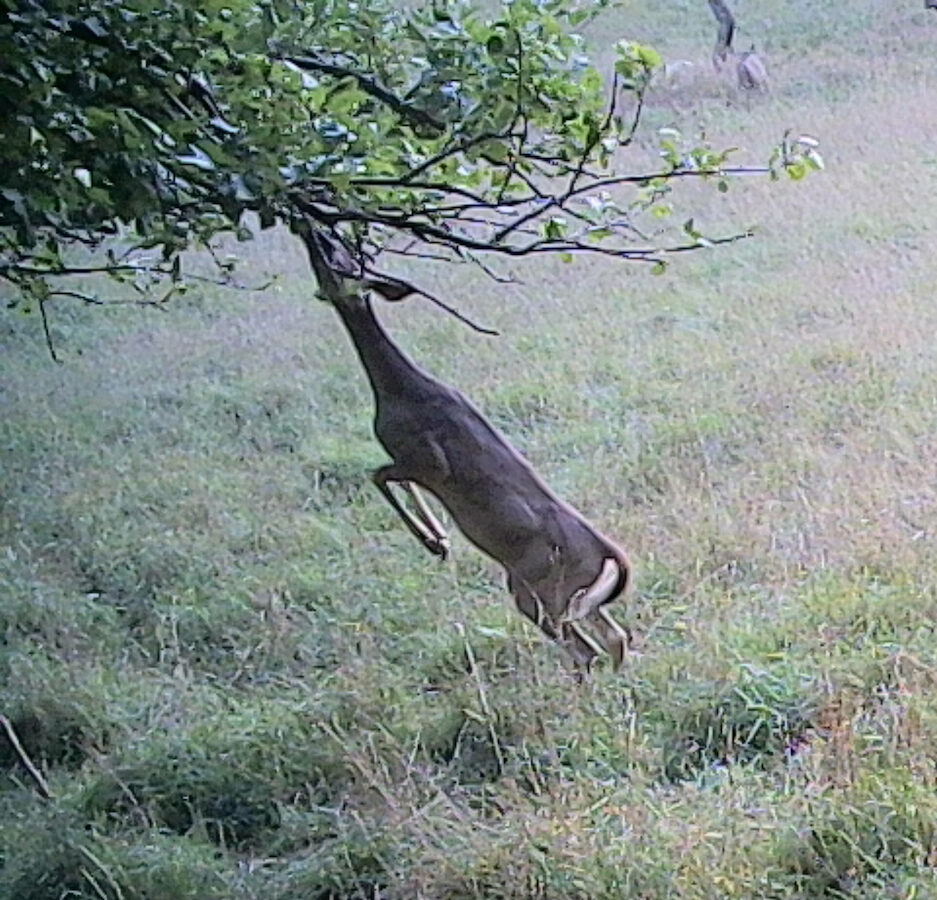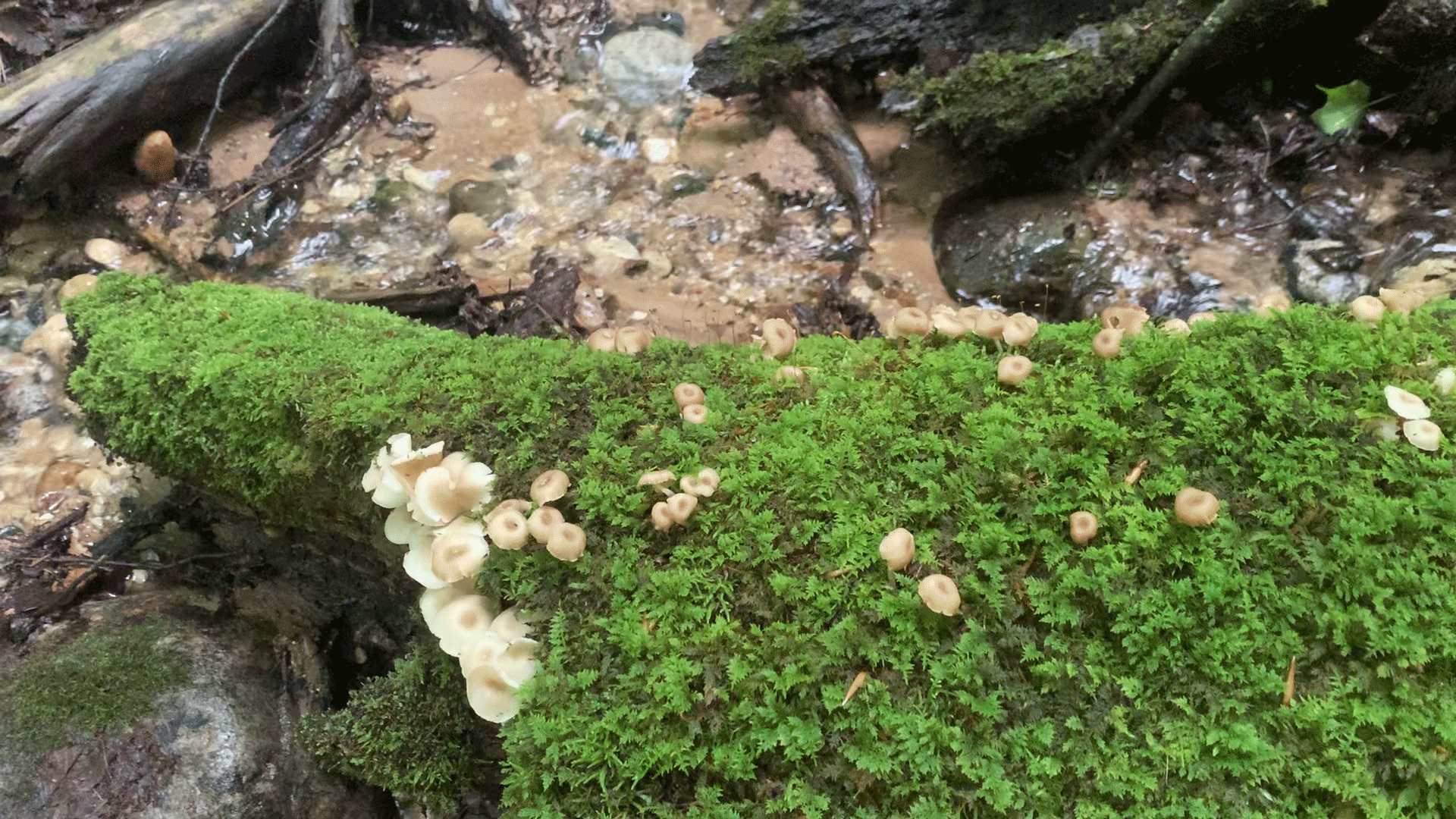Project Trail Curation
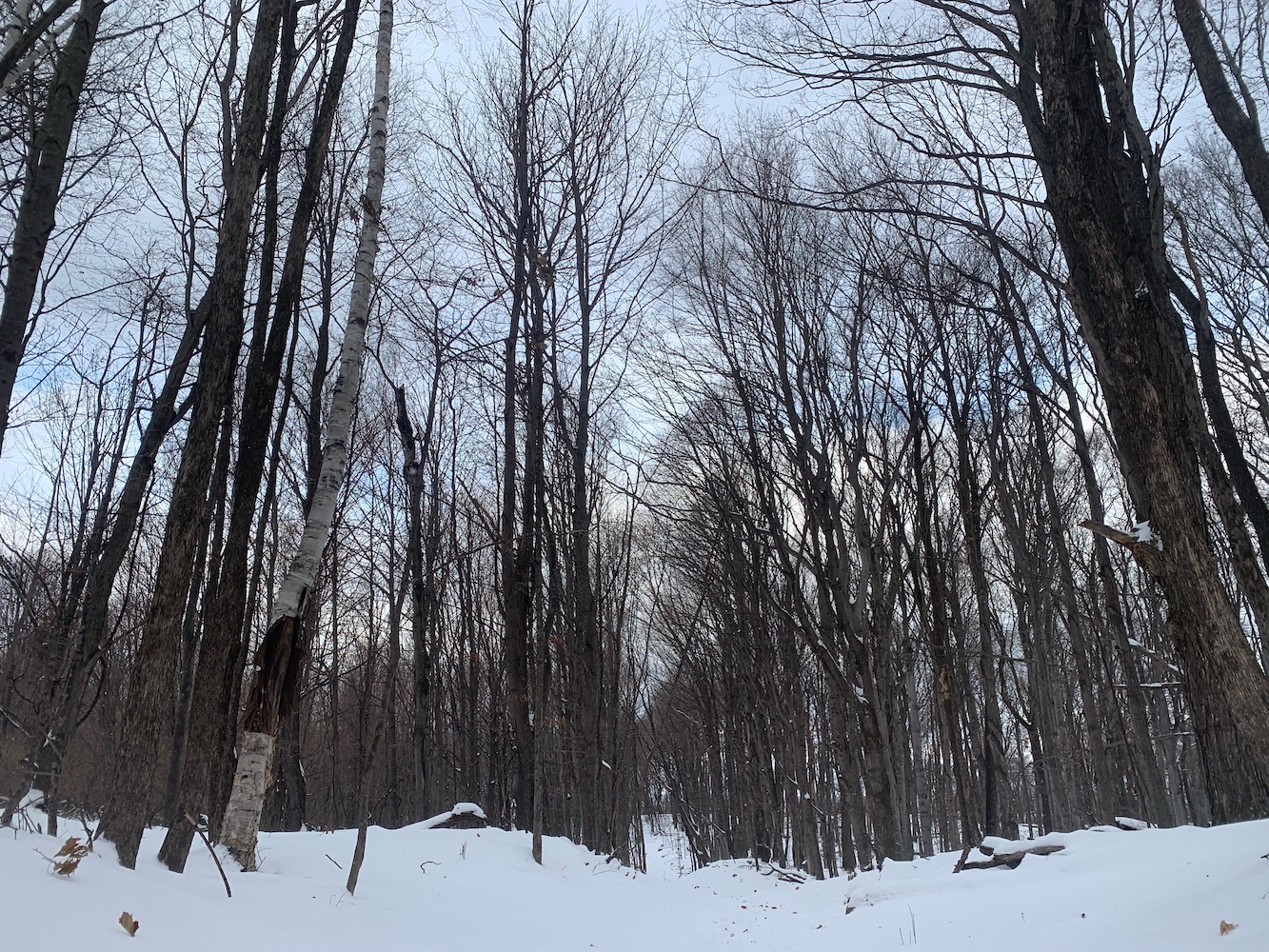
All prior easements and leases for trails on Love Farm Wilds (LFW) parcel 10-10-001-006-00 are terminated as of 11/15/22. Our neighbor, the Crystal Highland Owners Association (CHOA), is now leasing three trails from LFW. CHOA had previously maintained the trails, now LFW is keeping the trails open and enjoyable. CHOA members can report trail issues to Dan at 231 882-0460.
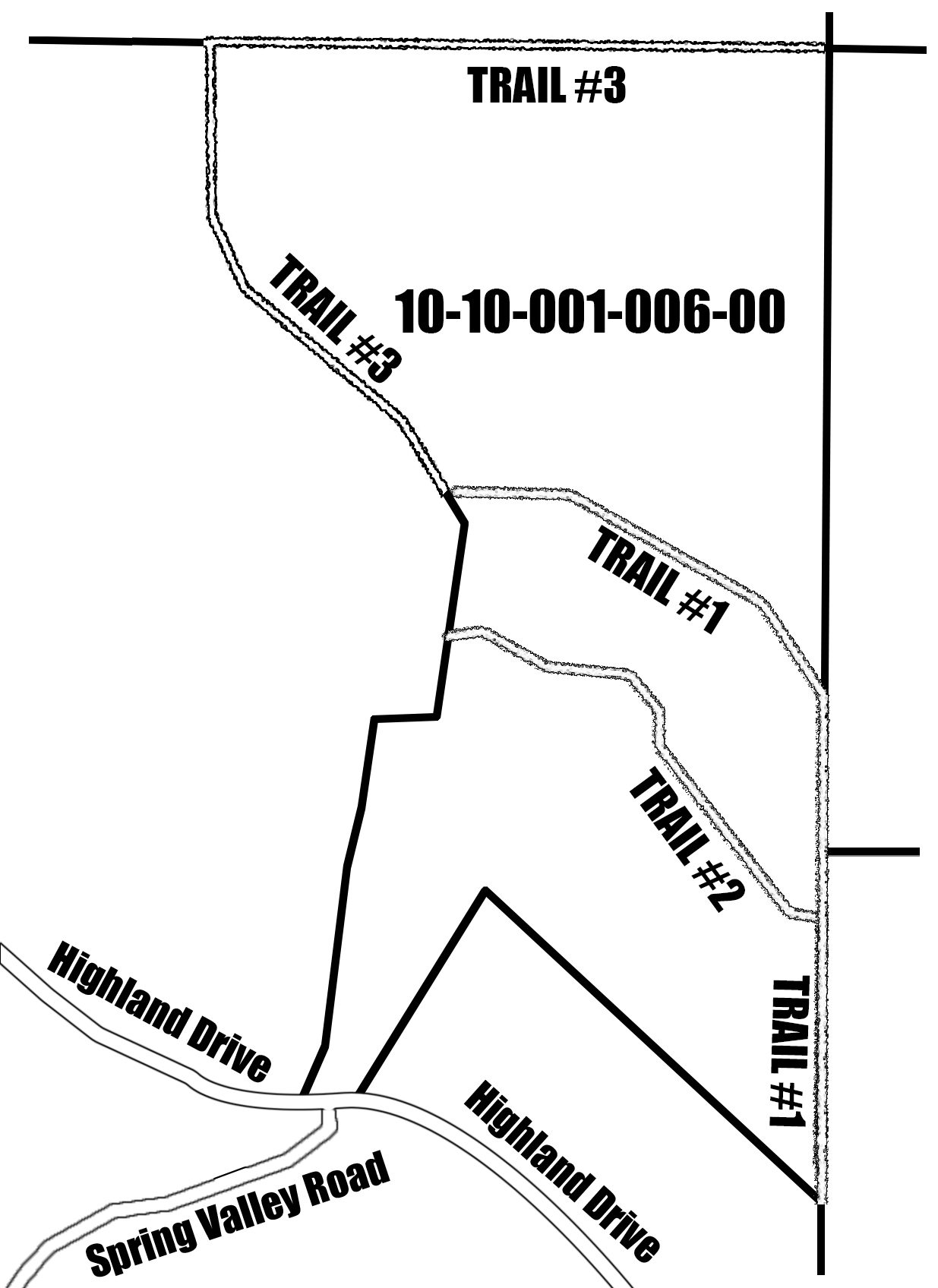
Regeneration

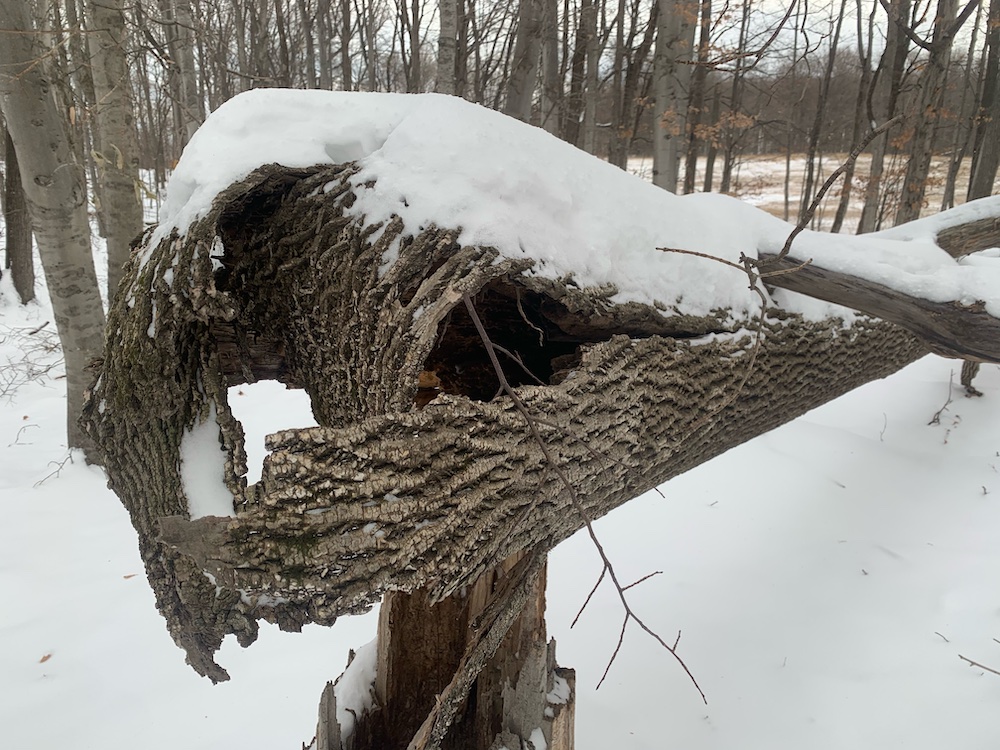
Our forests have lost Ash and Beech trees and some opine that Maples could be next. So far, trails have only provided access to this slow motion devastation. Can trails contribute to regeneration? Let's find out.
LFW's vision is to develop wilds resonant trail curation, trails that bring the forest back.
Animals
Young trees have difficulty getting started when deer are hungry and plentiful. In the fall of 2022, we took steps to reduce the deer population by leasing the interior of the East Farm for bow hunting. Bow hunting fits our wilds resonant aesthetic because it's quiet, there's no lead left on the land, and there's little chance of humans being accidentally injured.
Another option to reduce deer pressure is exclusion zones. High fences and timber berms would keep deer out, protecting large swaths of forest from constant browsing. Small openings in the fence could permit smaller fauna to migrate and self closing gates would let people in and out.
If LFW decides to replant saplings by hand, fence infrastructure could feel less distracting than hundreds of plastic tree tubes scattered over the land.
Soil
Years back, the Kelly family banned all herbicides on our land, which had been used to kill migrant plants. This was a big step towards regeneration, as herbicides damage mycorrhiza and other soil biology that trees depend on for nutrients and defense. Using glyphosate to kill garlic mustard in the short term degrades the entire forest ecosystem in the mid and long term. Not to mention the human endocrine dysfunction such chemicals cause.
Some LFW land is already contaminated with lead and arsenic from legacy orchard operations. Whether these heavy metals are causing problems to the wilds is not clear. We're looking into whether bioremediation using cover crops could remove these metals.
Getting started
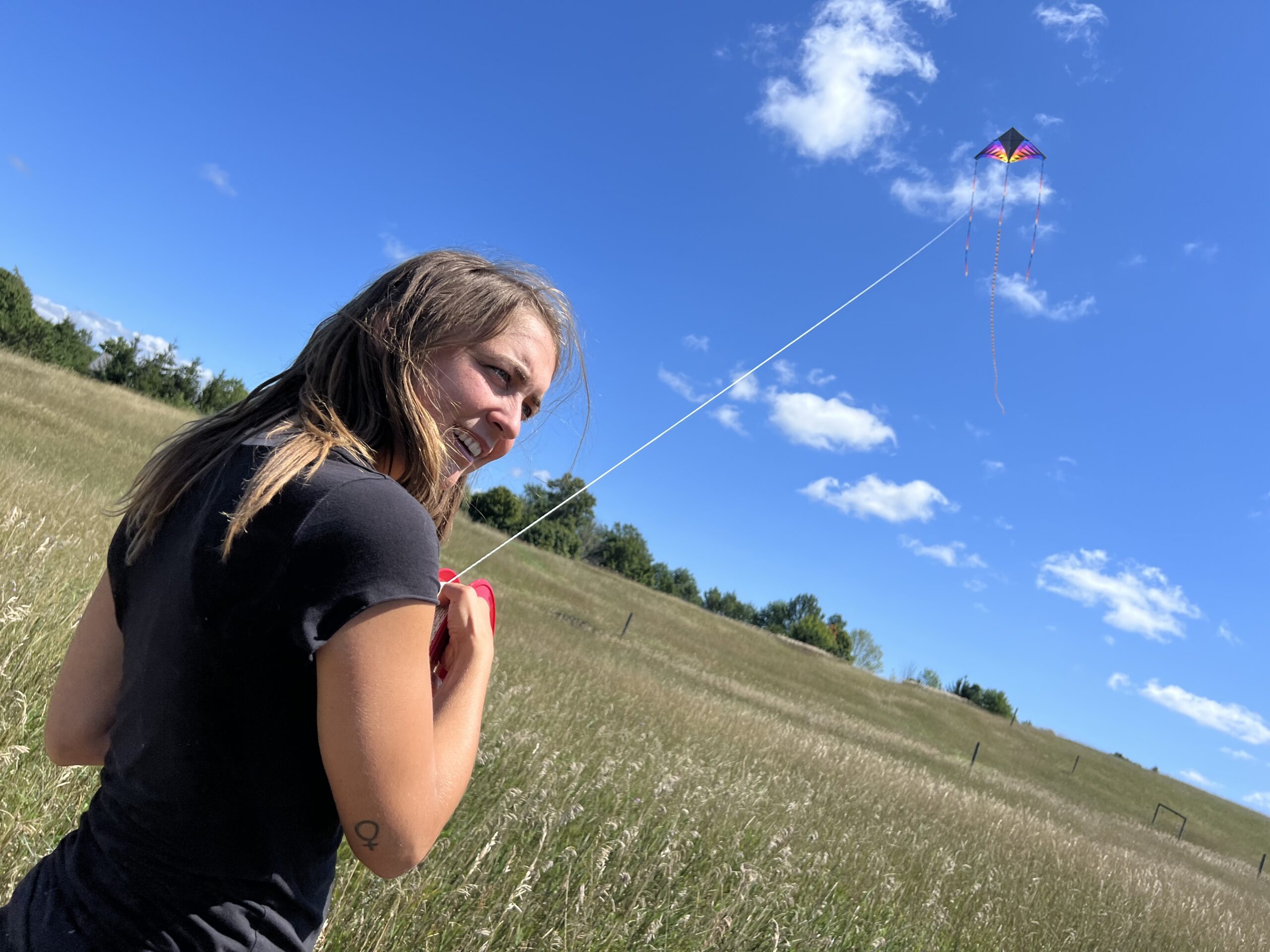
Science is increasingly politicized. Environmental science has largely become a fallacious appeal to authority to legitimize agendas of control and greed. For example, we believe that safeguarding clean food and water is a higher priority than reducing atmospheric carbon. Demonstrable environmental toxicity is certainly a more immediate threat to our health and happiness than anthropogenic climate change, regardless of whether you're a believer or a skeptic.
We must begin by regenerating science itself - with rapt attention to what the wilds want, audacious research, and clear intuition. We can learn from the success of others, be they grad students or dirt farmers. Forest regeneration is an exploration that flows from taking full responsibility for the health of the land... and our own health.
Curation is about erasing footprints. Fallen trees can be removed and salvaged for lumber or firewood rather than just sliced and left behind. When removing logs is impractical, chainsaw cuts can be sculpted away with a hand axe. In meadows, mowing could be replaced with a layer of rhizsome inhibiting chips or even bare sand, especially if there's little threat of erosion.

In summary, trails that meander through stands of near snags and sectioned logs would be less wonderful than trails that are, by design, synergistic with a thriving, diverse ecosystem... especially if we can learn to be part of that thriving.
We invite CHOA members to collaborate with us on trail curation, either by doing research, volunteering for work crews or helping with costs. Text or call Dan to get on our phone tree / email list, 231 882-0460.
Again, if the trails need attention, please call.
